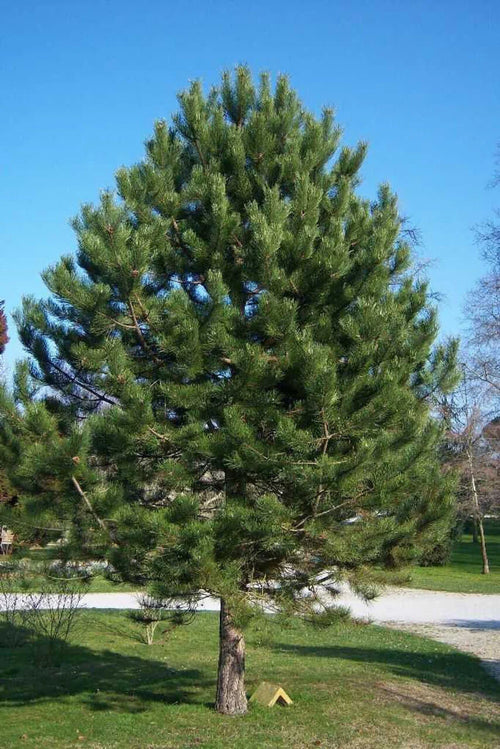Yellow Pine
The Yellow Pine tree can grow up to 100 feet or even a high 160 feet tall and 2 feet to 4 feet around. In some rare cases, the Yellow Pine tree has been found at the last 180 feet tall. The Yellow Pine tree can grow in a wide variety of soils, but it prefers moist yet well-drained soil. The Yellow Pine tree has been found growing in arid lands. The Yellow Pine Tree's deep root system allows it to be planted in dry soils because its roots will dig deep and hunt for the moist soil deep below the surface. The Yellow Pine tree can have barked up to 4 inches thick when fully mature.
Yellow Pine trees are beautiful and go great around property lines or outside your house. The Yellow Pine tree is perfect if you want to plant a young tree that can grow with you and your family. They look great in front of your office building or even your local walk parks. These trees are so beautiful. They supply you with such inspiration no matter where you plant them.
The Yellow Pine tree is one the most majestic trees you can find growing wild across the mid-western areas and British Columbia. Not only is this tree beautiful, but Yellow Pine Trees can also plant it for its lumber. The Yellow Pine tree gives us the best and very durable lumber to build beautiful decks, majestic flooring, sturdy houses, and just about anything you can think of. The Yellow Pine tree has been known to make beautiful hardwood floors for many different buildings, including churches, stores, malls, and homes.
The Beautiful Yellow Pine
The Yellow Pine tree is one the best trees you could ever plant if you wish to use it for the lumber or beauty of the tree itself. The Yellow Pine tree is an extremely hardy tree that produces dense hardwood for lumber. You will love this tree and the shade it creates or builds a beautiful fence with the trees. You can make a beautiful wall out of the Yellow Pine trees lumber or plant them in a line to grow large and beautiful along with your fence lines. These trees only require to be planted an average of 4 feet to 5 feet apart.

The Yellow Pine tree is such a hardy tree that it won't affect how it grows if you forget to water it. These trees can handle extreme cold or even extreme hot temperatures. That is an overall great tree for just about anyone. The Yellow Pine tree needs to be planted where it has plenty of room to grow. You will need to remember to plant and plan for the tree's future, and Given the fact the Yellow Pine tree can grow so tall, it will require room.



















































